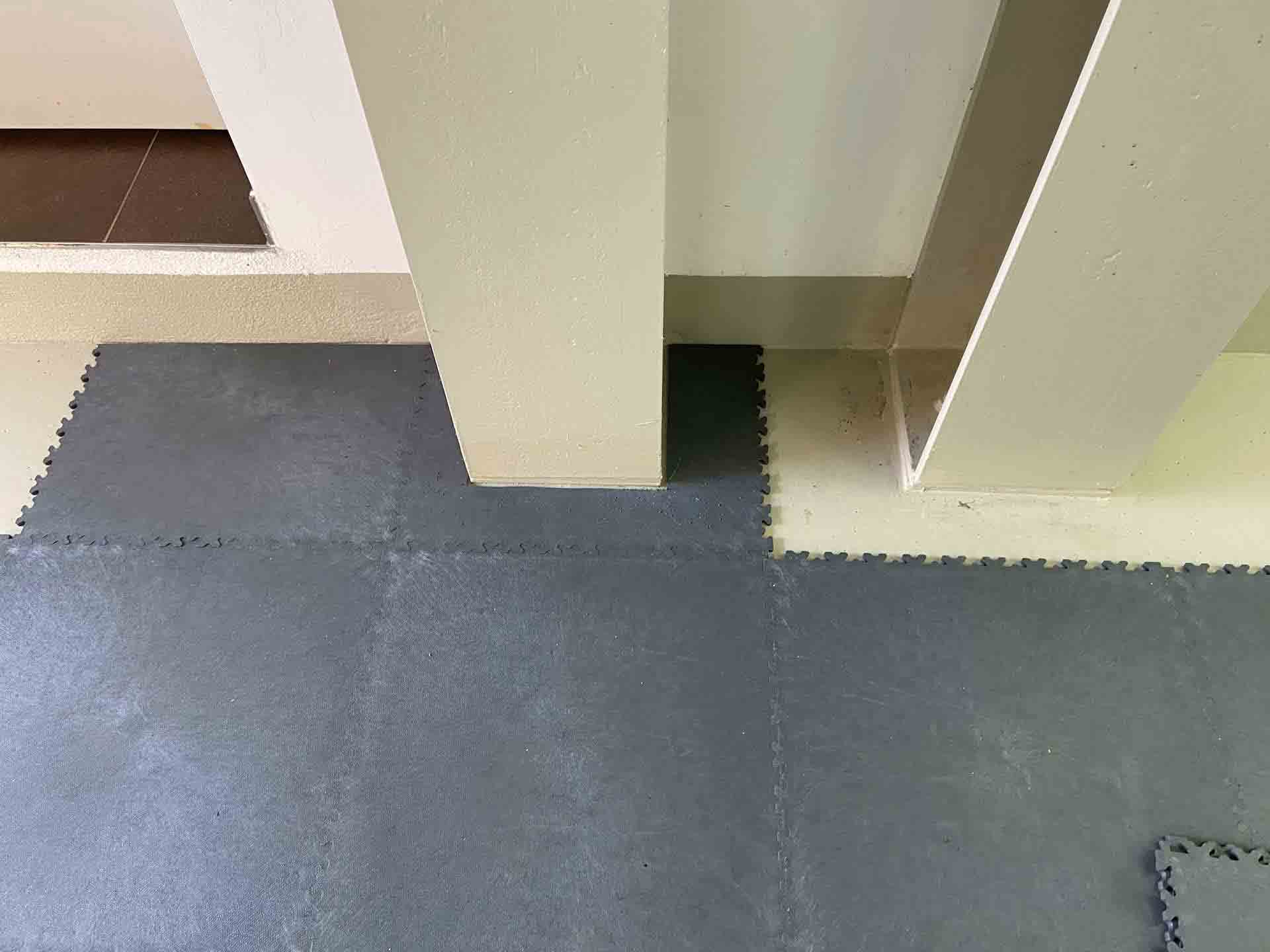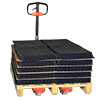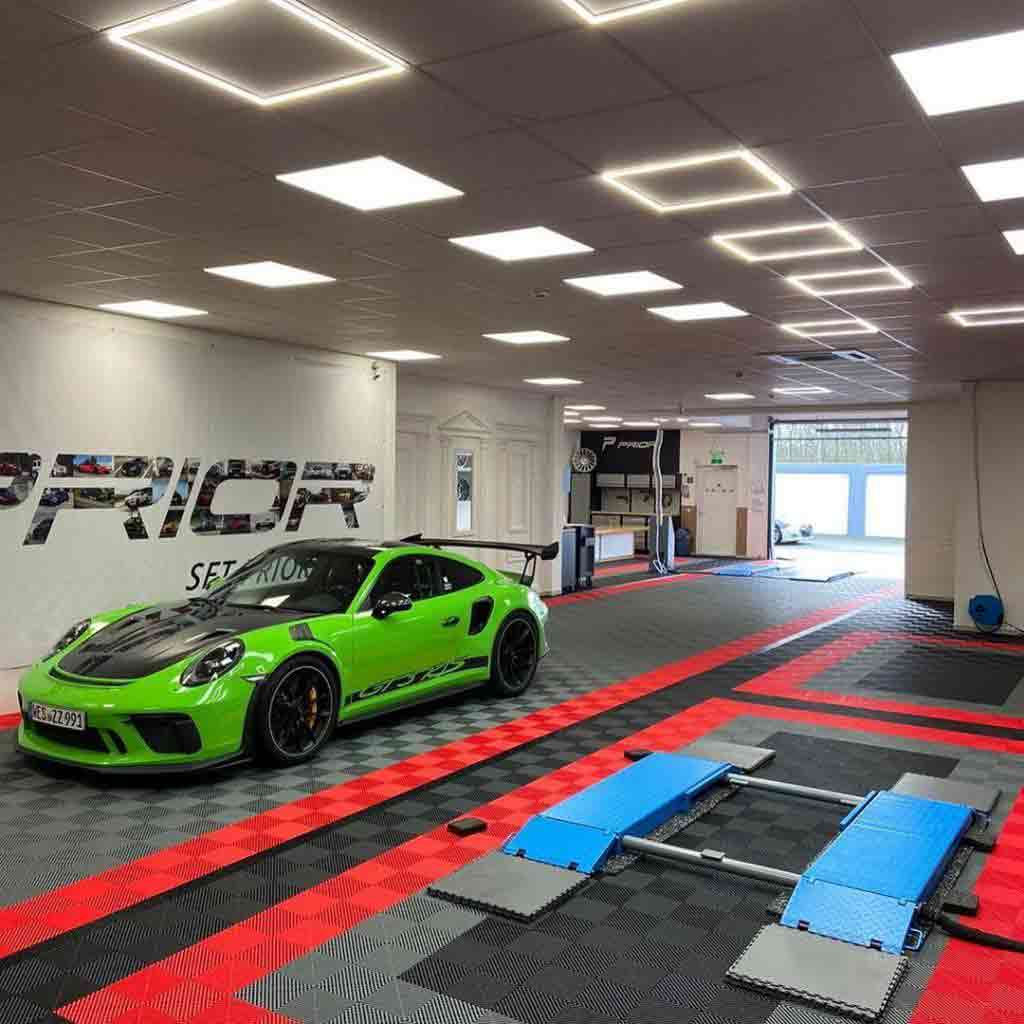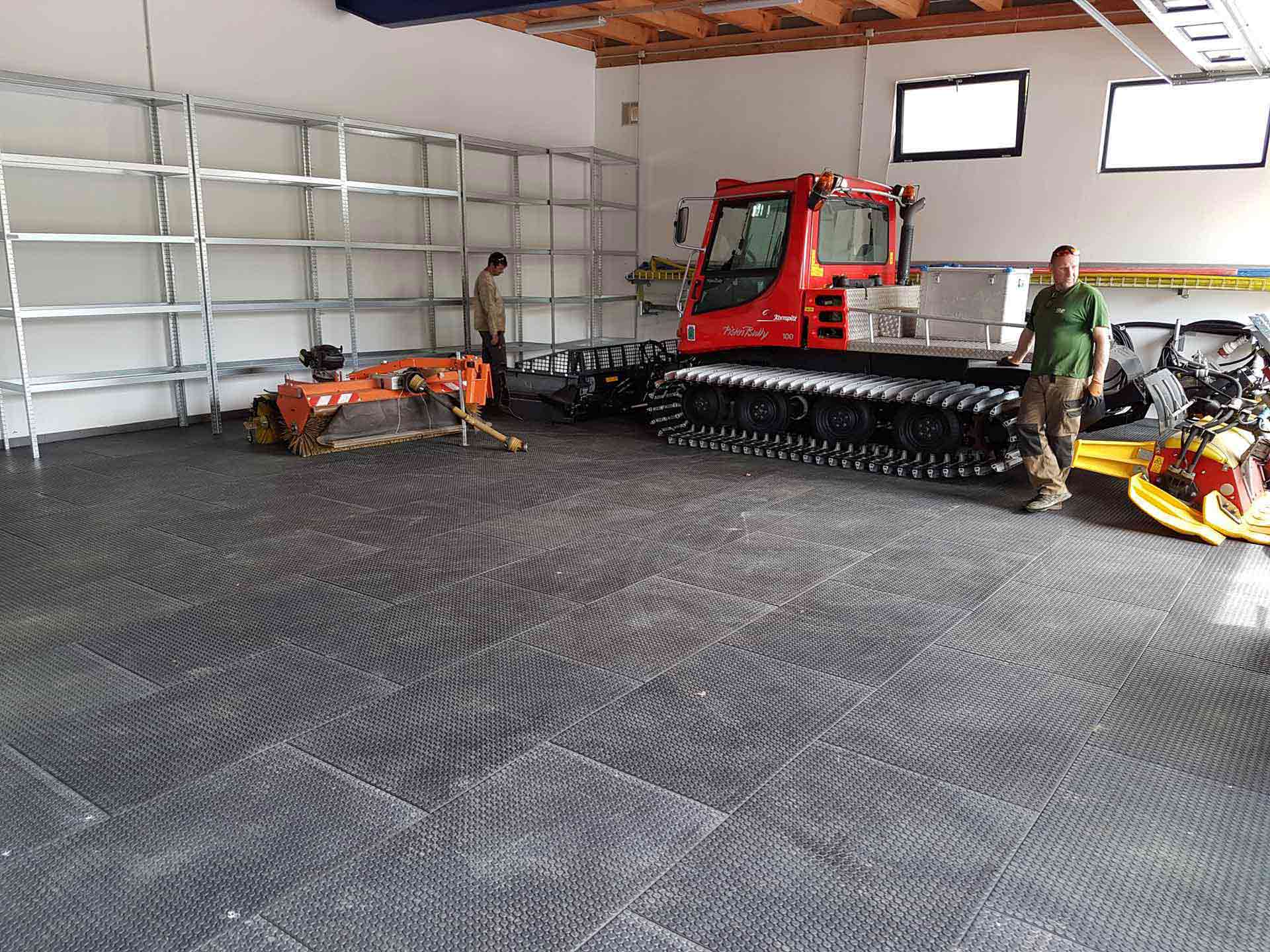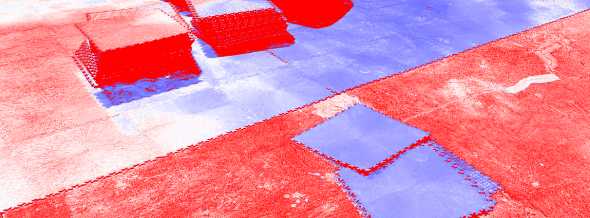Have you decided on PVC tiles, for a floating installation?
You may also want to glue your flooring, what may it be?
The flooring or the type of installation you want depends on the tools you need. If you need help or have questions about the material or the procedure, schaubundsohn.de will be happy to assist you.
The first step before laying - determine material and area
Before you start the actual work, be sure to determine how much material you need. Nothing is more annoying than having to realize during the work that you have bought too little material. You first need to determine the floor space, this is quite simple, because you just need to measure the room. However, here you should not forget to also measure the corners and the area where the radiator is located.Once you have determined the dimensions, you need to add 5 cm to each side. This is especially important if there are unevennesses on the floor, so that you can always compensate for them. Always remember that it is better to have a little more flooring in stock than too little. The necessary tools should also be present. In any case, you will need a folding rule, a carpet knife, depending on which flooring you choose, a jig or circular saw.
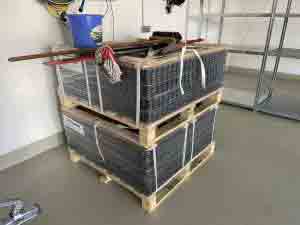
Adjustment to room temperature before laying
To ensure adaptation of PVC tiles to room temperature, it is important to follow some steps:
Acclimatization: before installing the PVC tiles, leave them for a day in the room where they will be installed. This will allow the tiles to acclimate to the room temperature.
Consider temperature differences: When moving PVC tiles from a colder room to a warmer room, be careful not to install them immediately. The tiles must also have time to adjust to the new temperature.
Avoid rushed installation: It is important not to rush the installation of PVC tiles. If the tiles are heated differently, it can be difficult to click them together properly. So take your time to make sure that the tiles are at the same temperature before you start the installation.
Optimum performance of adhesives
Many adhesives used to install PVC tiles have an optimum working temperature at which they achieve their best adhesion. If the tiles are not at the correct temperature, this can result in the adhesive not adhering.
The exact duration of acclimation can vary, but it is usually recommended that the tiles be left in the room where they are to be installed for at least 24 hours before installation begins. This gives the tiles sufficient time to adjust to the room temperature and create optimal conditions for the adhesive to adhere.
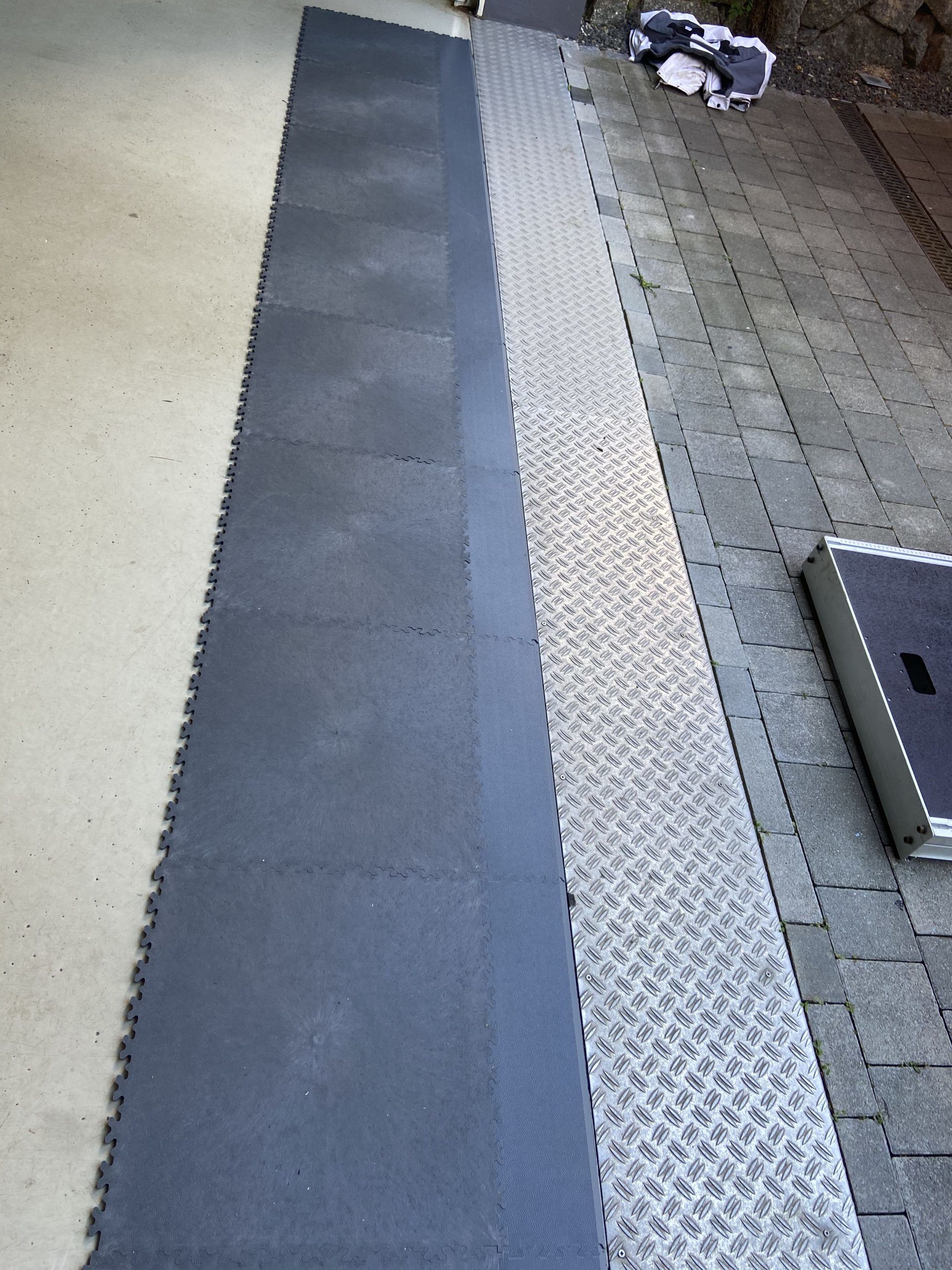
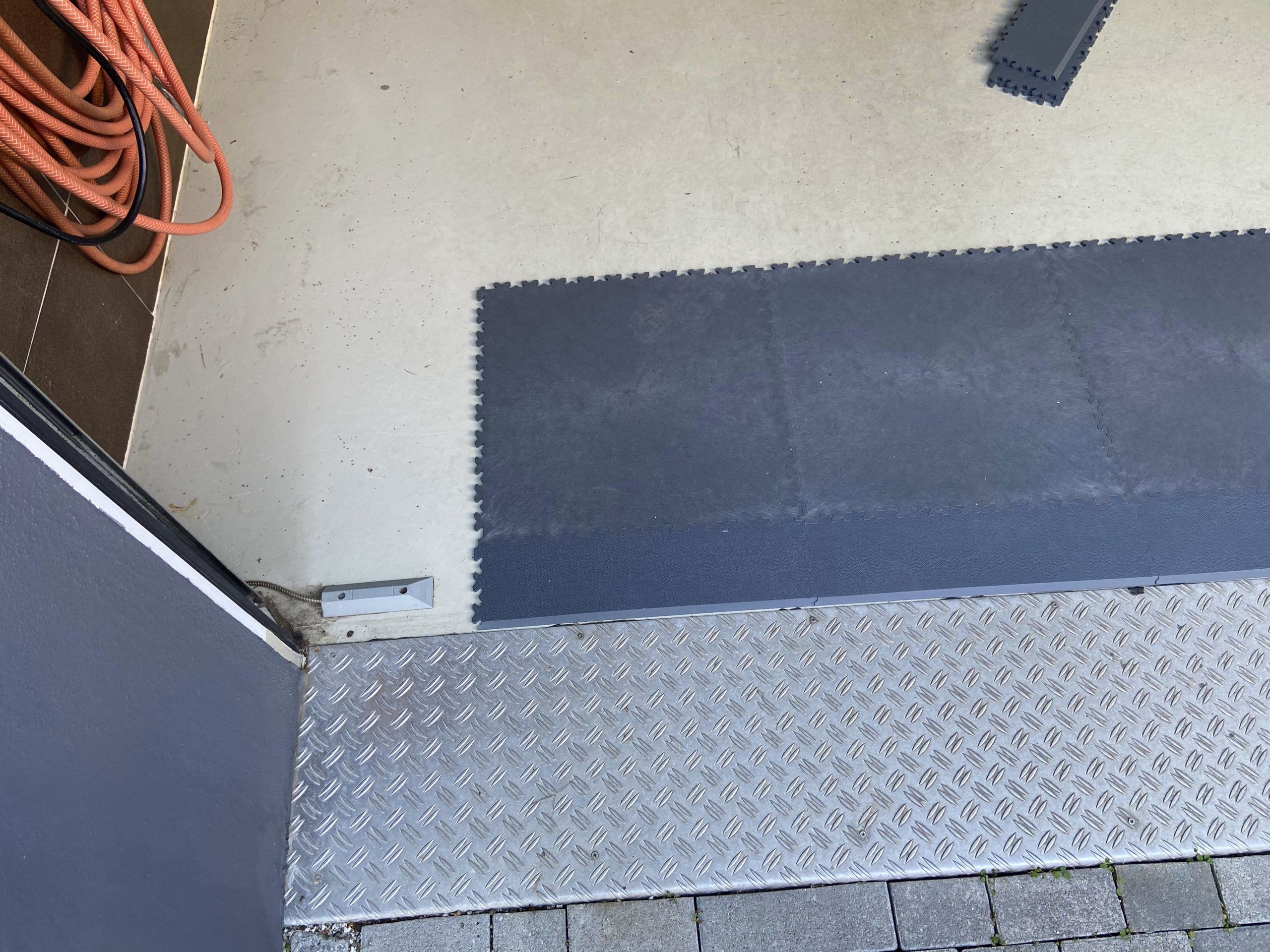
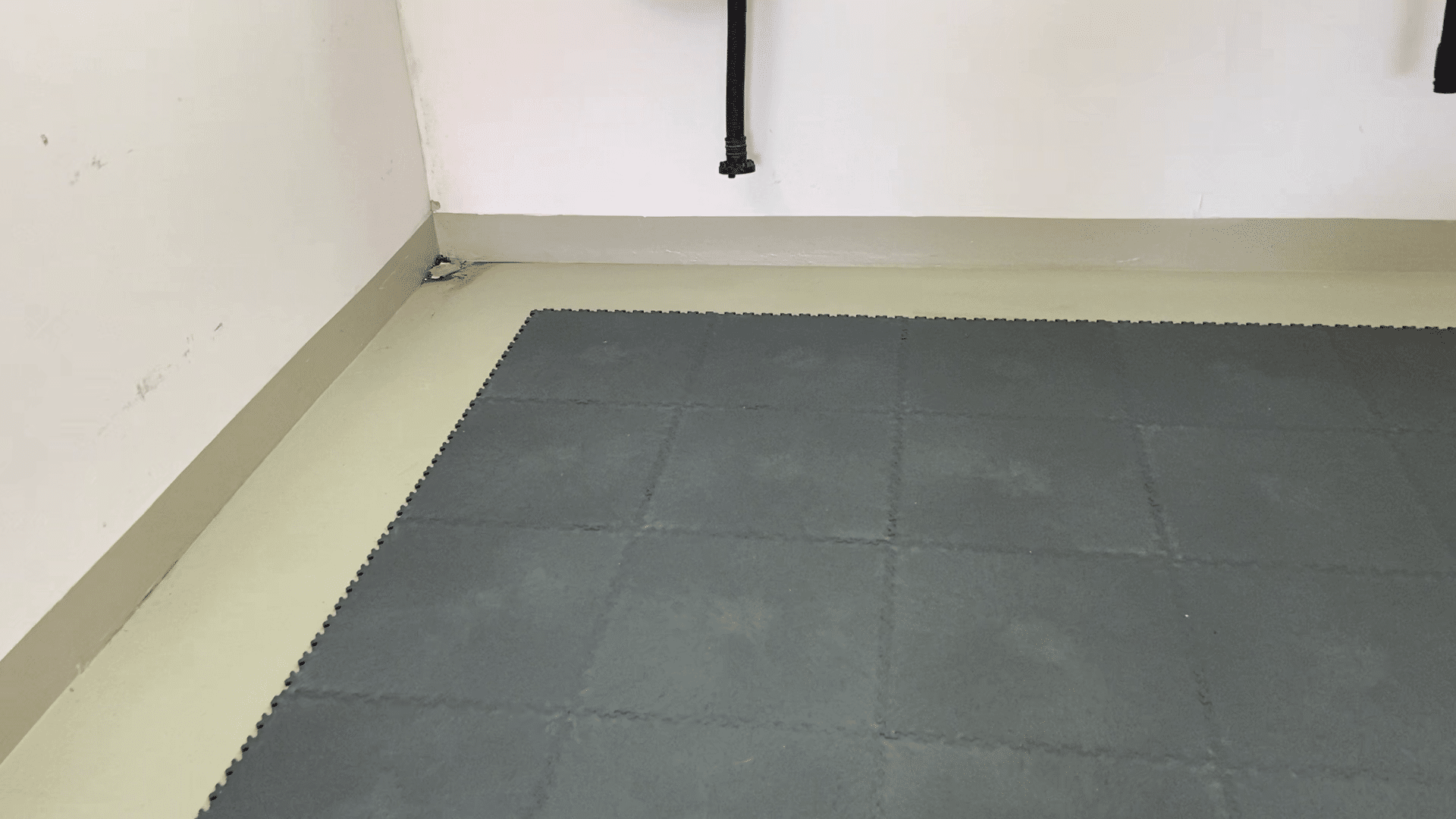
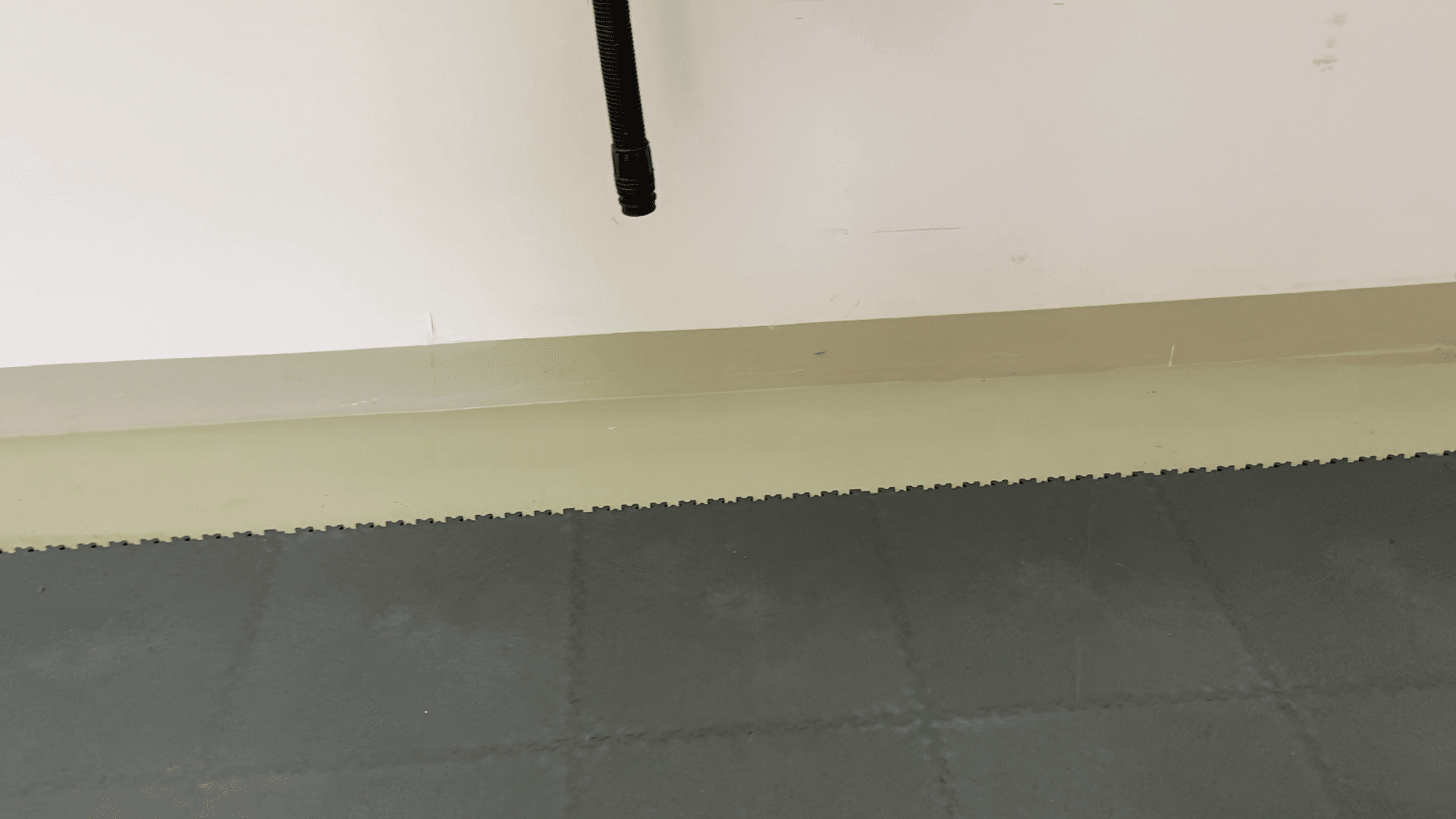
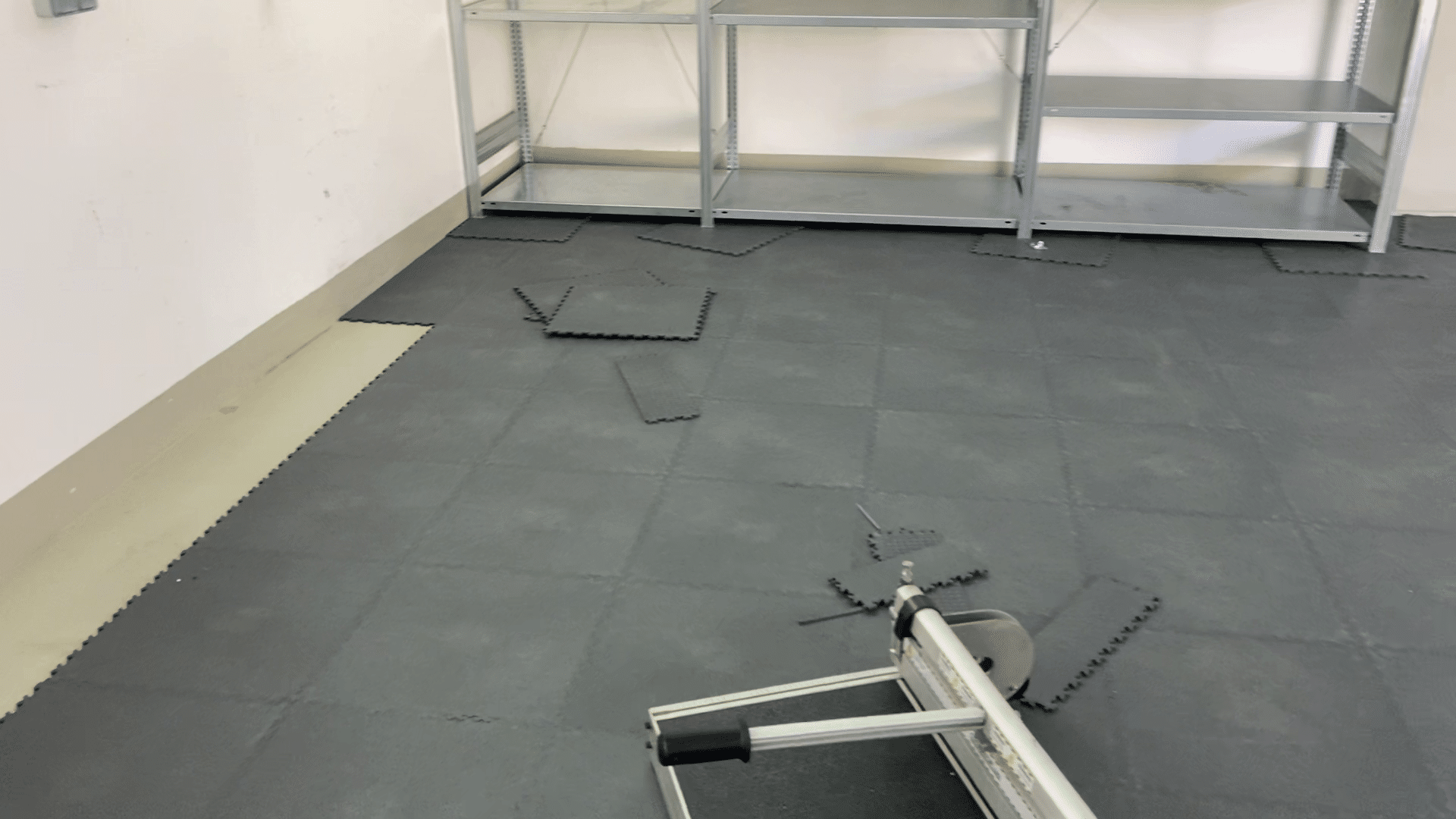
Optimum performance of adhesives
Many adhesives used to install PVC tiles have an optimum working temperature at which they achieve their best adhesion. If the tiles are not at the correct temperature, this can result in the adhesive not adhering.
The exact duration of acclimation can vary, but it is usually recommended that the tiles be left in the room where they are to be installed for at least 24 hours before installation begins. This gives the tiles sufficient time to adjust to the room temperature and create optimal conditions for the adhesive to adhere
